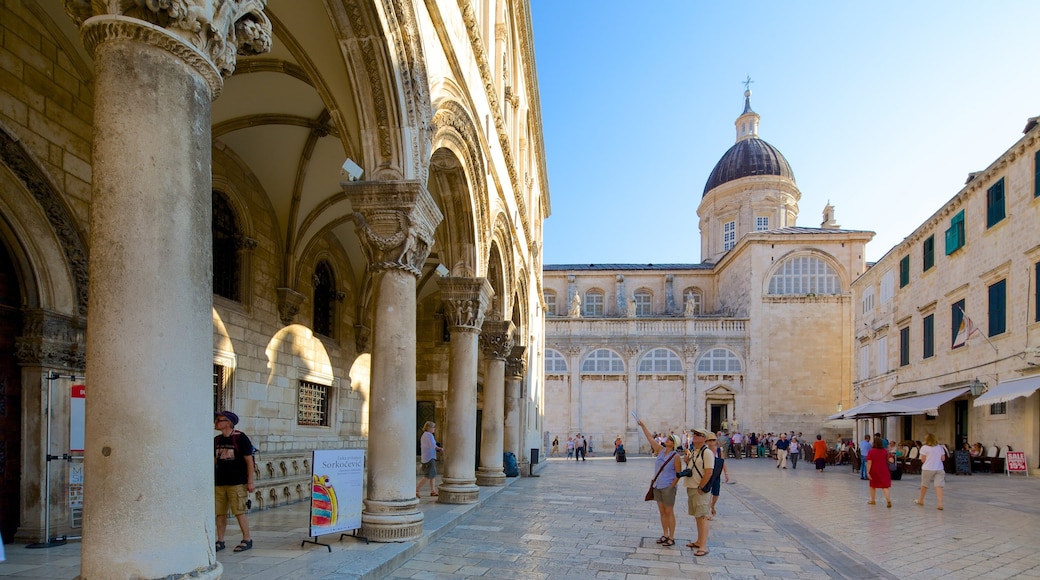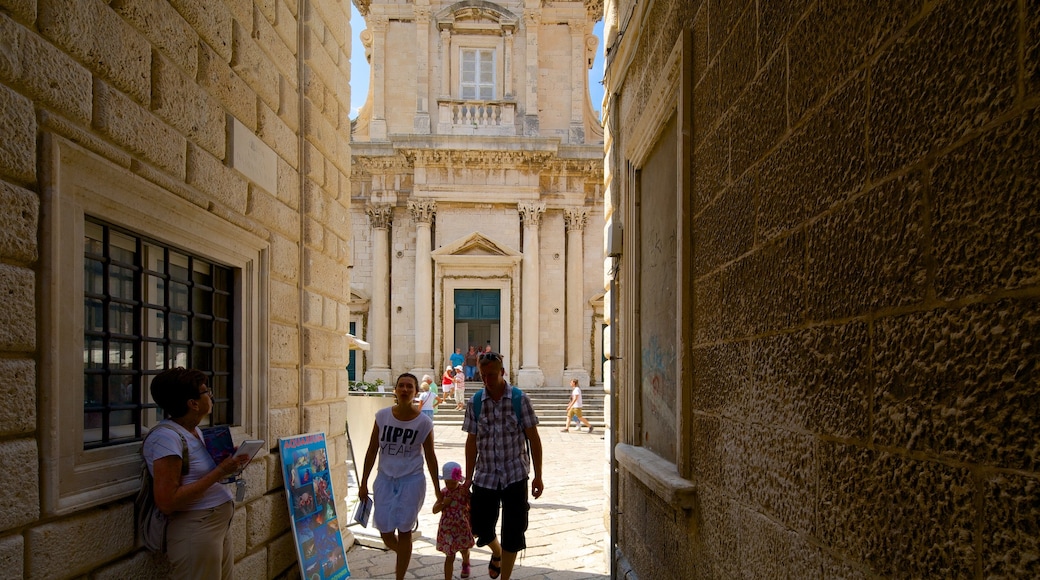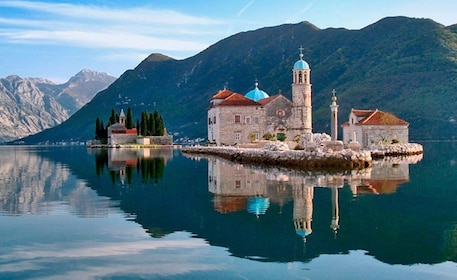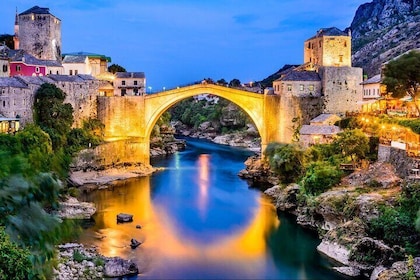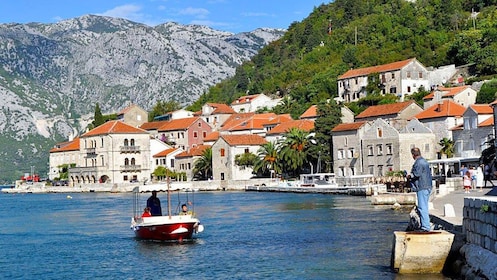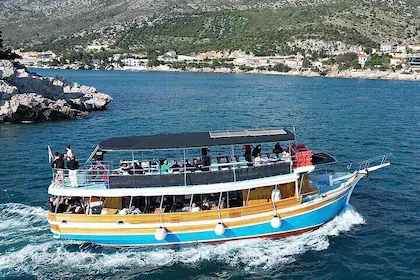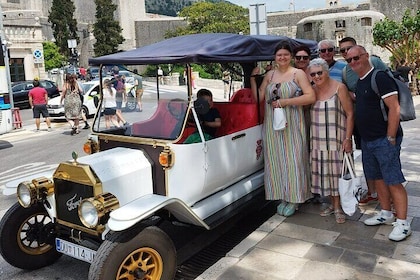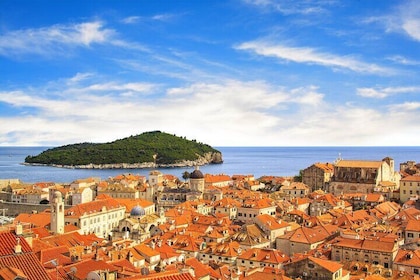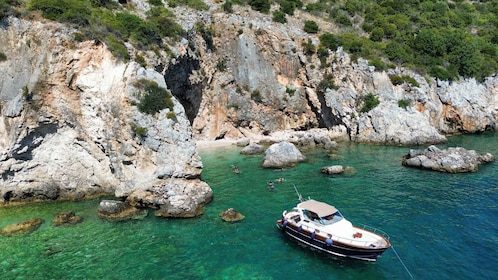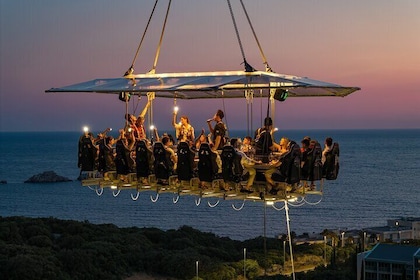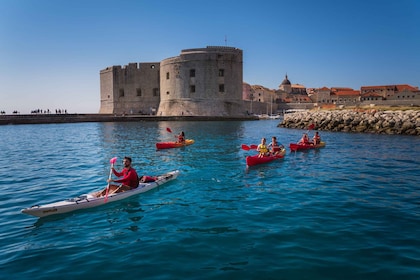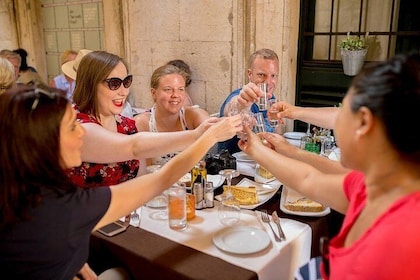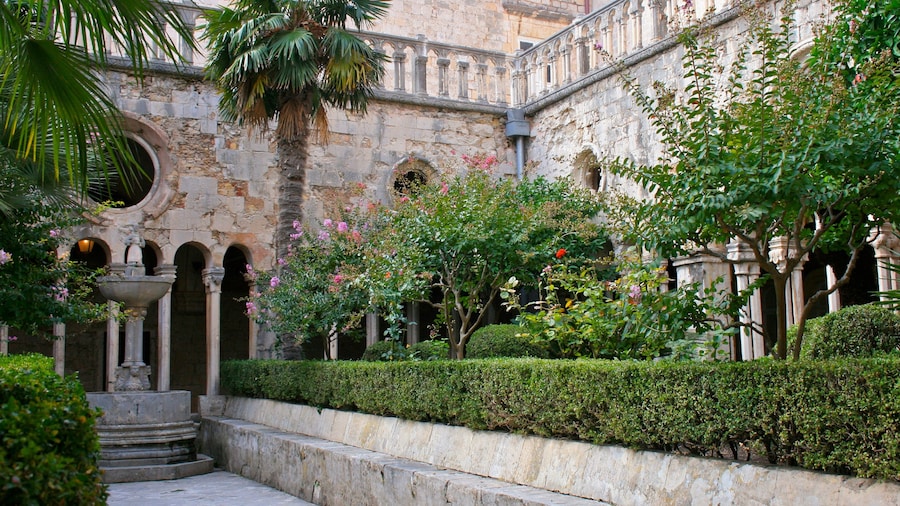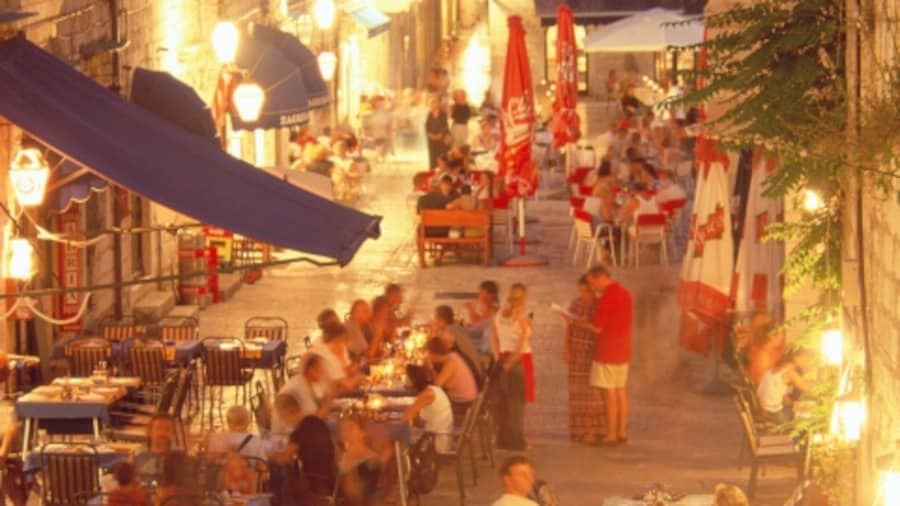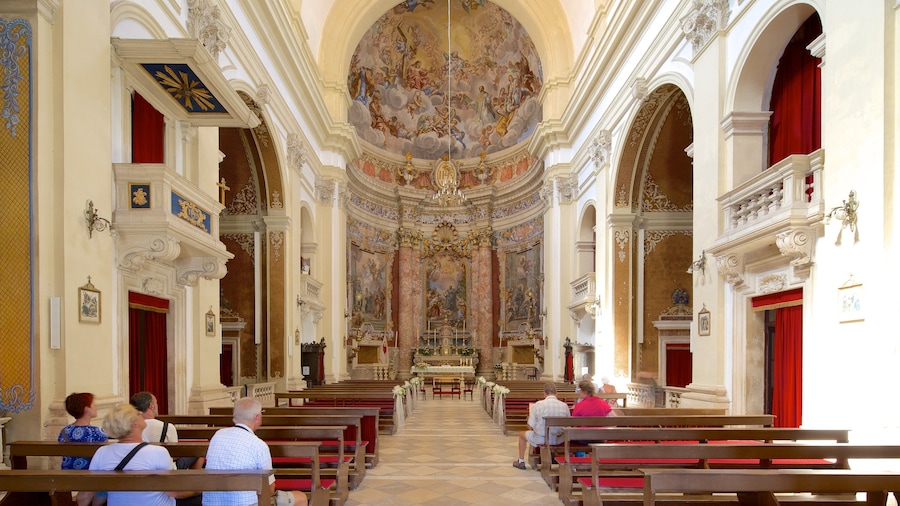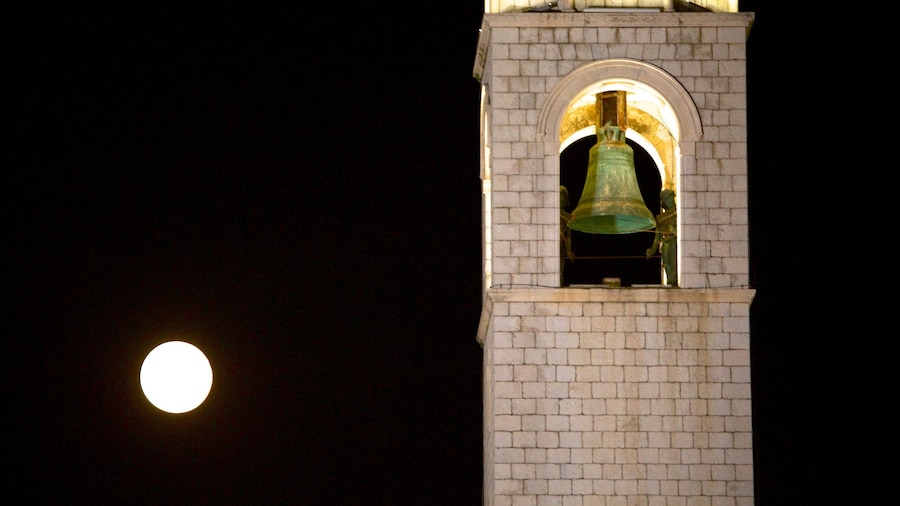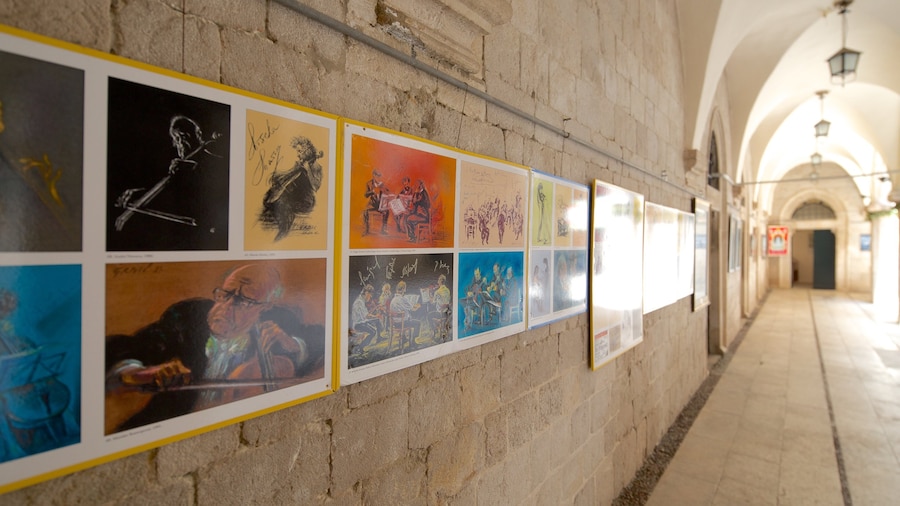Explore this 18th-century cathedral to see its impressive collection of art and religious relics, including remains of the city’s patron saint.
Many visitors are drawn to Dubrovnik Cathedral for the gold and silver reliquaries in its treasury. They contain relics such as bone fragments and pieces of clothing of saints and other religious figures. The 18th-century domed church also delights with its architecture, baroque altars and paintings by Italian, Croatian and Flemish masters.
Dubrovnik Cathedral is actually the third church on this site. The first was an early Christian church built in the 7th century. This was followed by a cathedral that according to local legend was financed through a donation from King Richard the Lionheart. It is said that the king was shipwrecked on his return home from the Crusades and donated the funds to thank the citizens who saved him. This new Romanesque cathedral was damaged during the major 1667 earthquake and rebuilt in the baroque style we see today.
Visit the treasury to see the cathedral’s most valuable religious artifacts. Many of the pieces date back to the 11th century. Note how the beautifully decorated reliquaries are shaped to match the holy body parts they contain.
See the gold-plated skull, arm and leg of the city’s patron saint, St. Blaise. Look at the large, ornate silver reliquary that is said to contain the swaddling clothes worn by the baby Jesus. Among the other items on display is a piece of wood that some believe was part of the cross on which Jesus was crucified. It is incorporated into a 16th-century crucifix. View the copy of the Virgin of the Chair, which is attributed to the renaissance artist Raphael.
Then go on a tour of the rest of the cathedral. Marvel at the beauty of the marble altar of St. John and study the Assumption of the Virgin painting by Titan above the main altar. Stop by the cathedral’s side altars and chapels to browse paintings created between the 16th and 18th centuries.
Dubrovnik Cathedral in located in the city’s old town, next to the Rector’s Palace. It is open daily and free to explore, but there is a charge to visit the treasury.
